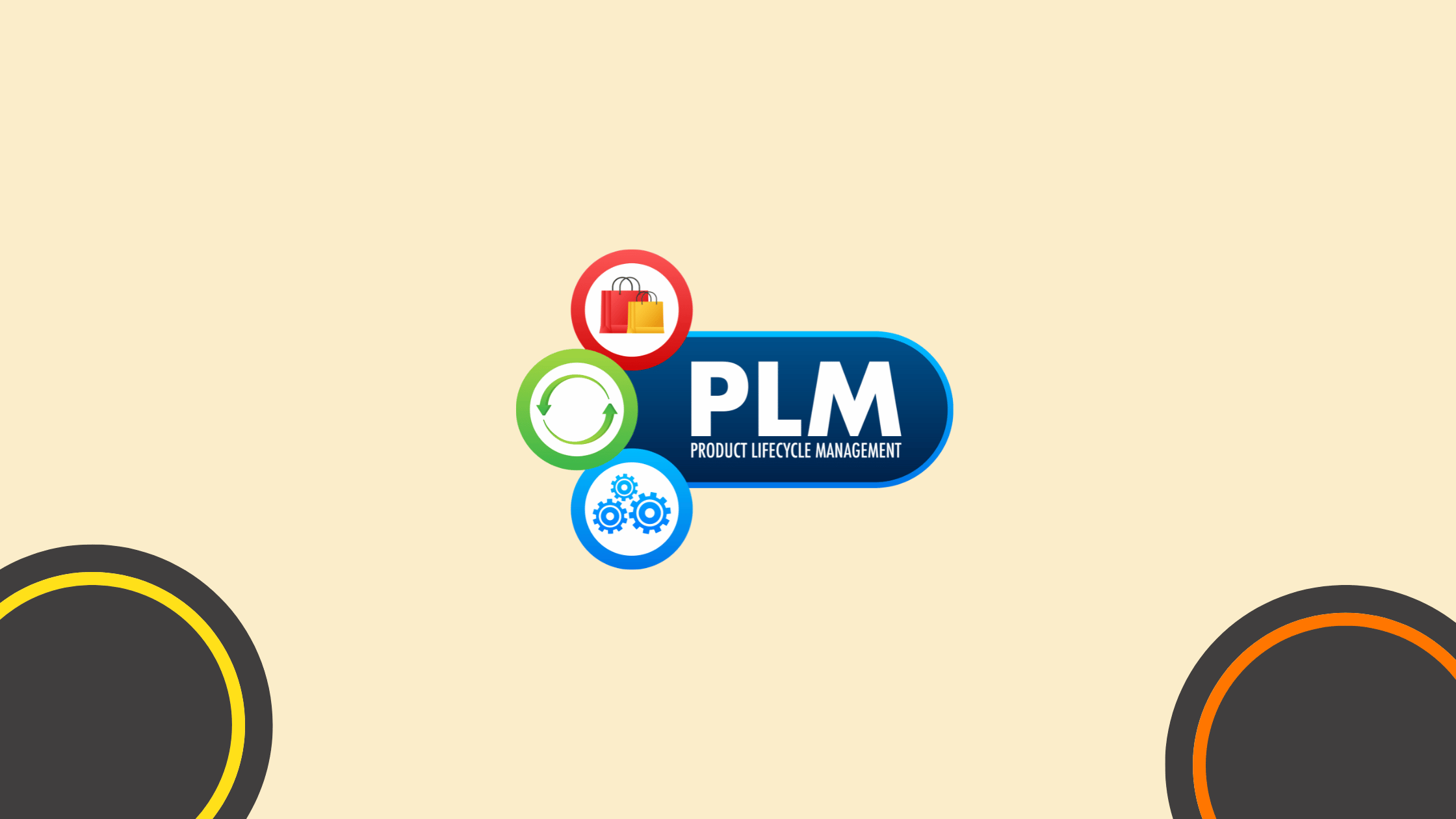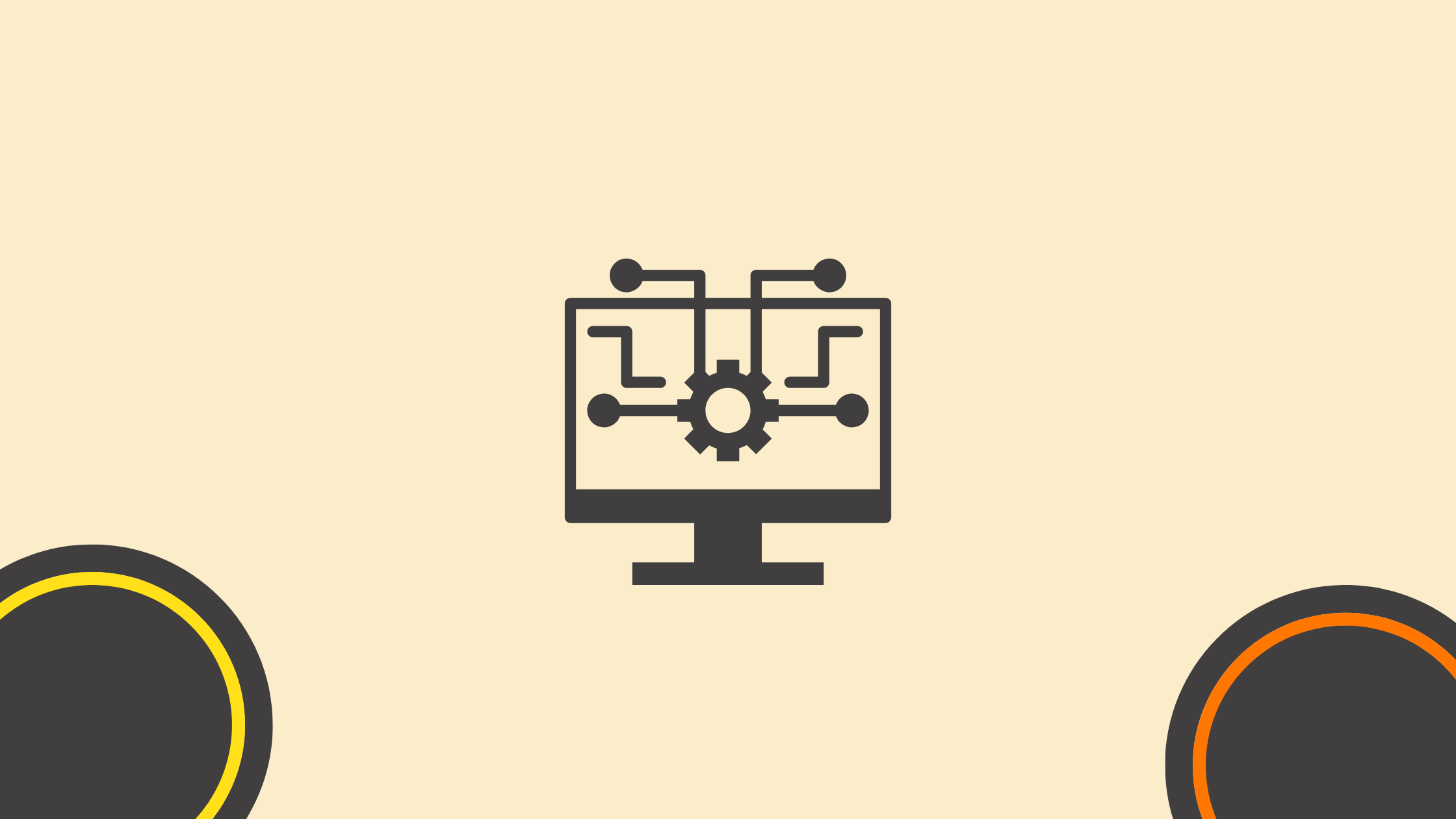What is Product Lifecycle Management (PLM) and How Do Businesses Use It?
Product lifecycle management, or PLM for short, is a set of processes used to handle the product as it moves through the stages of its lifecycle, from conception to disposal. Why does this matter for business? Well because, for one, understanding PLM can help companies cut costs and shorten product development time, and two, because having an effective PLM strategy helps streamline workflows and increase productivity.
Indeed, both small startups and multinational corporations would greatly benefit from understanding PLM as it can help them gain and maintain a competitive edge. Read on to find out what exactly PLM entails and how you can harness its power to drive success.
Chapters
Understanding PLM and its Stages

Before we delve any further into product lifecycle management, let’s define it. In the intro, we said that product lifecycle management refers to processes used to manage the lifecycle of a product or a service. What we didn’t mention is that it typically unfolds across several different stages. These are:
- Conception and Ideation: This initial stage involves generating ideas and conceptualizing potential products based on customer needs and market opportunities.
- Design and Development: In this stage, the focus shifts to designing and engineering the product, ensuring it meets quality standards and customer expectations.
- Manufacturing and Production: Once the company is confident about the product, it’s time to assemble the materials, manufacture the idea, and test it. The end result is a fully fleshed-out product ready to hit the market.
- Distribution and Deployment: After production, the product goes into the distribution phase, where it is shipped to retailers or directly to consumers, depending on the business model.
- Utilization and Support: During this stage, customers interact with the product, sometimes seeking assistance, troubleshooting, or some additional services.
- Retirement Management: Eventually, every product reaches the end of its lifecycle, whether there is a better product on the market or because the consumers no longer need it. So this phase involves responsibly retiring the product, whether through recycling, disposal, or repurposing.
How Businesses Use PLM
Businesses across industries use PLM to streamline their operations and accelerate development time so they can get products to market more quickly. Below, we explore how different sectors can utilize PLM for their benefits (which we’ll also discuss later).
- Manufacturing: In the manufacturing sector, PLM enables companies to optimize product design, streamline production processes, and manage supply chain logistics effectively. By integrating PLM with enterprise resource planning (ERP) systems, manufacturers can make things run more smoothly for all the departments involved in making a product, from engineering to procurement to distribution.
- Automotive: The automotive industry relies on PLM to handle the complicated process of designing and producing vehicles. PLM solutions allow automotive manufacturers to collaborate with suppliers, adhere to regulatory requirements, and iterate on designs rapidly to meet the changing needs of consumers.
- Aerospace and Defense: Aerospace and defense companies use PLM to make sure they’re compliant with stringent safety and quality standards while driving innovation in aircraft and defense systems. PLM helps them bring together the design, simulation and testing processes, allowing them to deliver cutting-edge solutions with greater efficiency and reliability.
- Consumer Goods: In this sector, PLM helps companies keep up with the ever-changing market trends and consumer preferences. By streamlining product development cycles and fostering collaboration with suppliers and retailers, consumer goods manufacturers quickly launch new products and capitalize on emerging opportunities.
The Role of Specialist PLM Software

Manual methods of managing product life cycles are reliable and effective, but in today’s fast-paced and hyper-connected world, they’re simply not good enough. That’s why companies who want to become more competitive use PLM software solutions. By centralizing data, streamlining workflows, and fostering collaboration across departments, PLM software allows businesses to navigate each stage of the product life cycle more easily and yet with more precision.
For example, Windchill, a leading PLM software that has gained prominence in various sectors, especially manufacturing, extends the capabilities of traditional PLM strategies by offering advanced features such as easy integration with the Internet of Things (IoT), 3D visualization for large and complex products, version control, and change tracking. Integrating specialist PLM software solutions such as this one into the broader PLM framework not only addresses specific industry challenges but also enhances overall system efficiency.
In a nutshell, PLM software solutions help businesses across various industries expedite product development and bring their offers to the market faster through more efficient, collaborative, and sustainable means.
Benefits of Implementing PLM
So, when all is said and done, what are the benefits of investing in PLM software? As it turns out, there are many.
- Enhanced Collaboration: By providing a centralized platform for teams to collaborate and share information, PLM leads to more cohesive and efficient workflows.
- Streamlined Processes: From design iteration to supply chain management, PLM software automates repetitive tasks, minimizing errors and reducing time-to-market.
- Improved Decision-Making: Thanks to PLM, decision-makers are equipped with real-time data and insights, which allows them to make better-informed choices at every stage of the product life cycle.
- Cost Savings: By optimizing resource allocation and minimizing waste, PLM software helps businesses cut operational costs, resulting in maximum ROI.
- Compliance and Risk Management: In industries with strict regulations, PLM software also ensures compliance with standards and prevents risks, such as product recalls or quality issues.
Author bio
 A UK-based digital copywriter, Matt is a skilled and passionate scribe with a keen interest in an array of subjects; his varied written work can range from deliberations on advances in the tech industry to recommendations about the top wildlife-spotting destinations.
A UK-based digital copywriter, Matt is a skilled and passionate scribe with a keen interest in an array of subjects; his varied written work can range from deliberations on advances in the tech industry to recommendations about the top wildlife-spotting destinations.
When he doesn’t have his fingers attached to a keyboard, you’ll likely find him hunting down obscure soul records, professing (inaccurately) to be an expert on craft beer, or binge-watching documentaries about sharks.
Master the Art of Video Marketing
AI-Powered Tools to Ideate, Optimize, and Amplify!
- Spark Creativity: Unleash the most effective video ideas, scripts, and engaging hooks with our AI Generators.
- Optimize Instantly: Elevate your YouTube presence by optimizing video Titles, Descriptions, and Tags in seconds.
- Amplify Your Reach: Effortlessly craft social media, email, and ad copy to maximize your video’s impact.